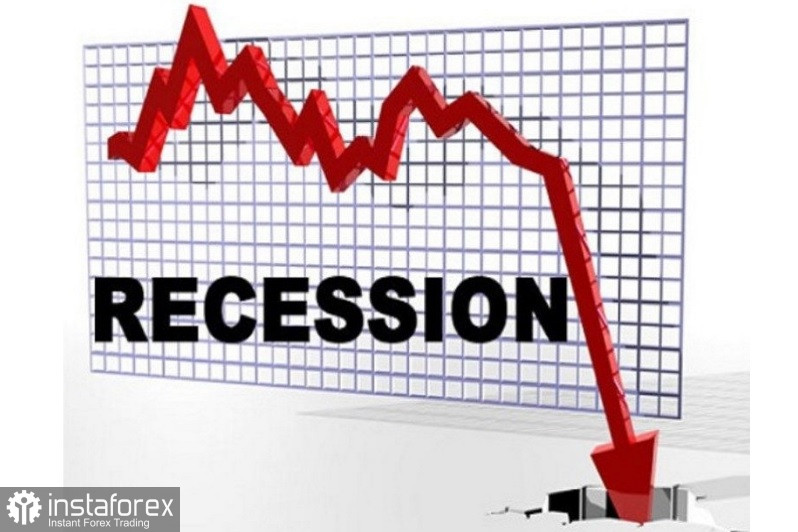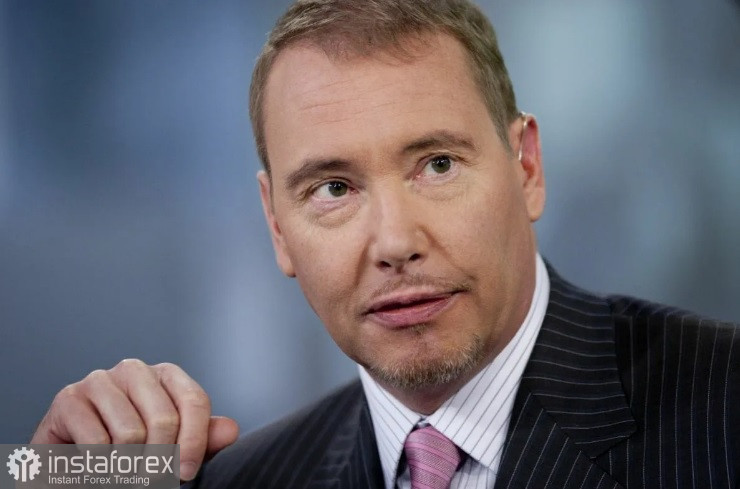
Billionaire CEO of DoubleLine Capital Jeffrey Gundlach said investors need to manage risk appropriately as yield curve inversions signal trouble ahead. Yield curves invert when short-term Treasury bond rates rise above long-term yields.

Usually, the market sees a 2-year and 10-year yield curve inversion as a reliable warning sign of a recession.
There have been several attempts of inversion this year, the first of which is in March, when 2-year and 10-year bond yields inverted for the first time since 2019. The second was in June, but it happened only briefly. Then, since July, the curve has remained inverted.
The 10-year Treasury yield was last at 3.264%, while the 2-year Treasury yield was 3.52%. Meanwhile, the 30-year Treasury yield was 3.371%, while the 5-year Treasury yield was 3.396%.
Worries obviously intensified after the Fed raised interest rates by 75 basis points in June. The speech of Fed Chairman Jerome Powell at the Jackson Hole symposium deepened these concerns, doubling the risk aversion of markets.
This is because Powell remained hawkish during his speech, stressing that stakes could stay high longer. He warned households and businesses about the possible collision of some problems.
Powell also mentioned that another 75 basis point rate hike may occur in September. He said much would depend on macroeconomic data released over the next three weeks.





















